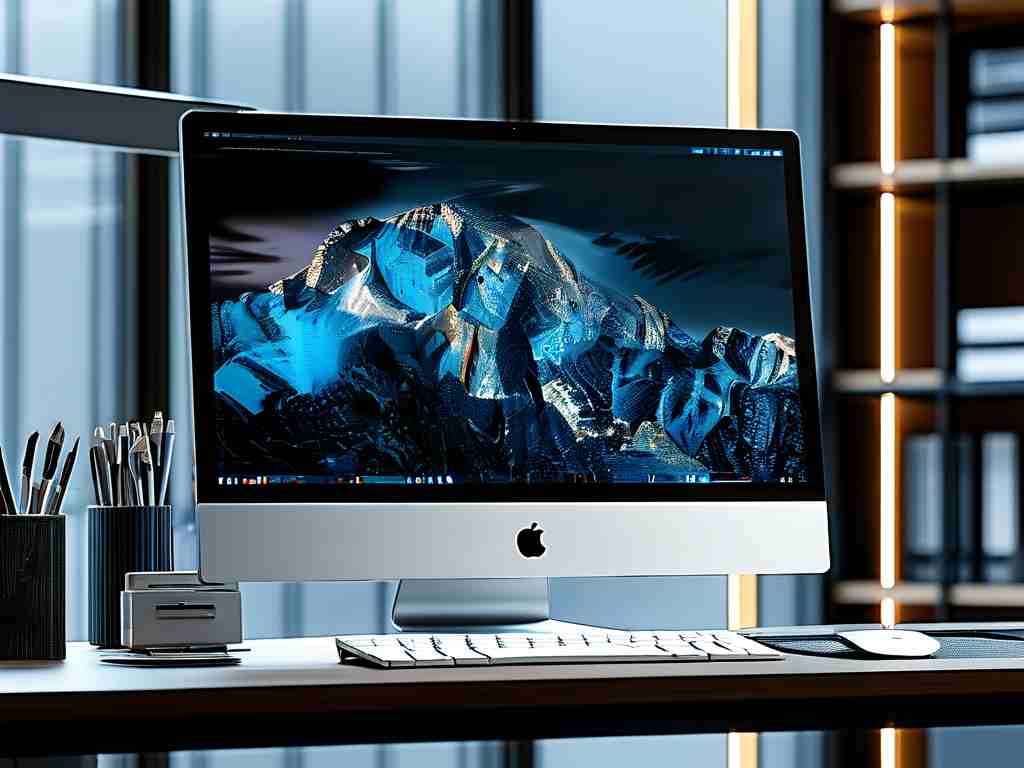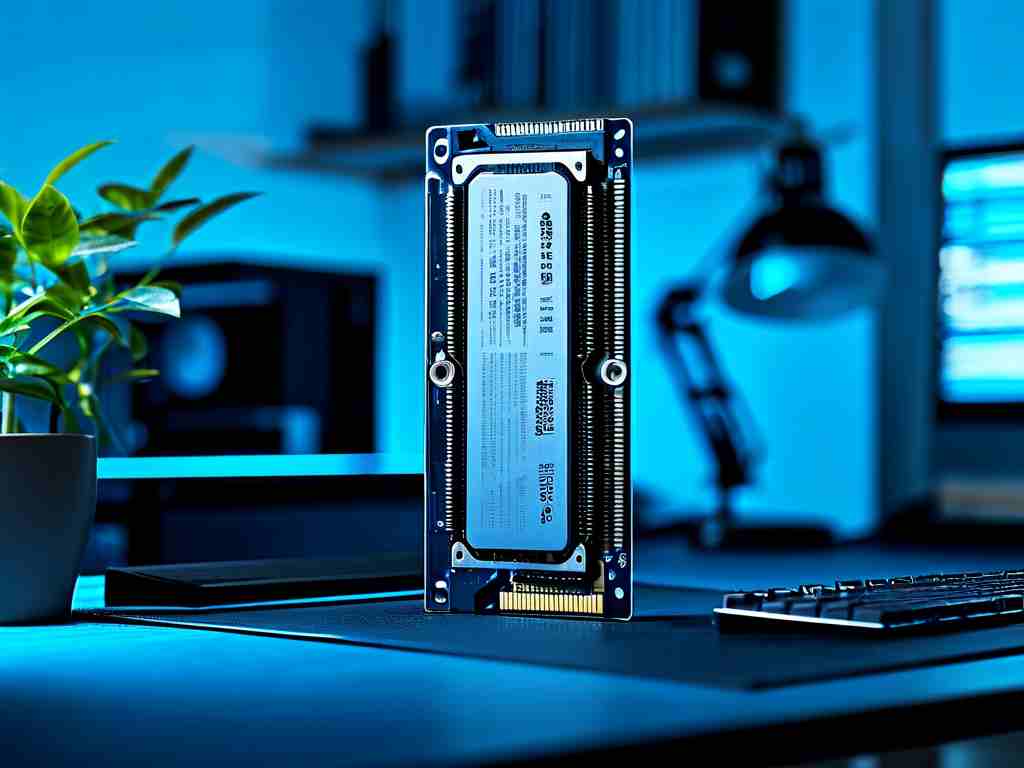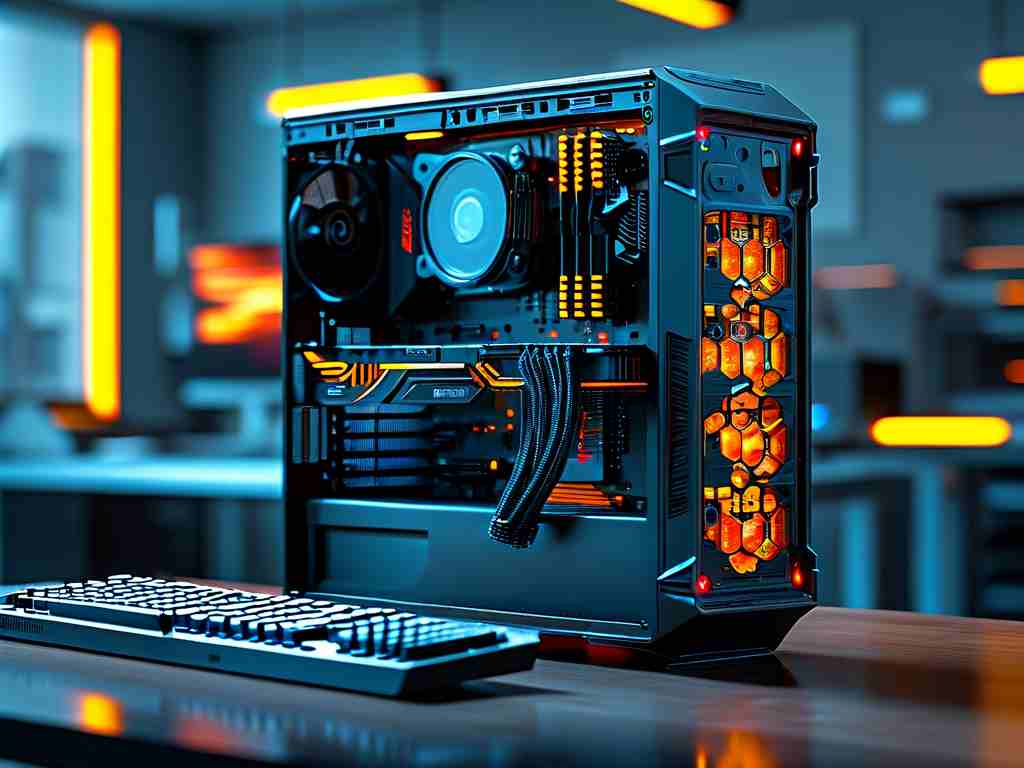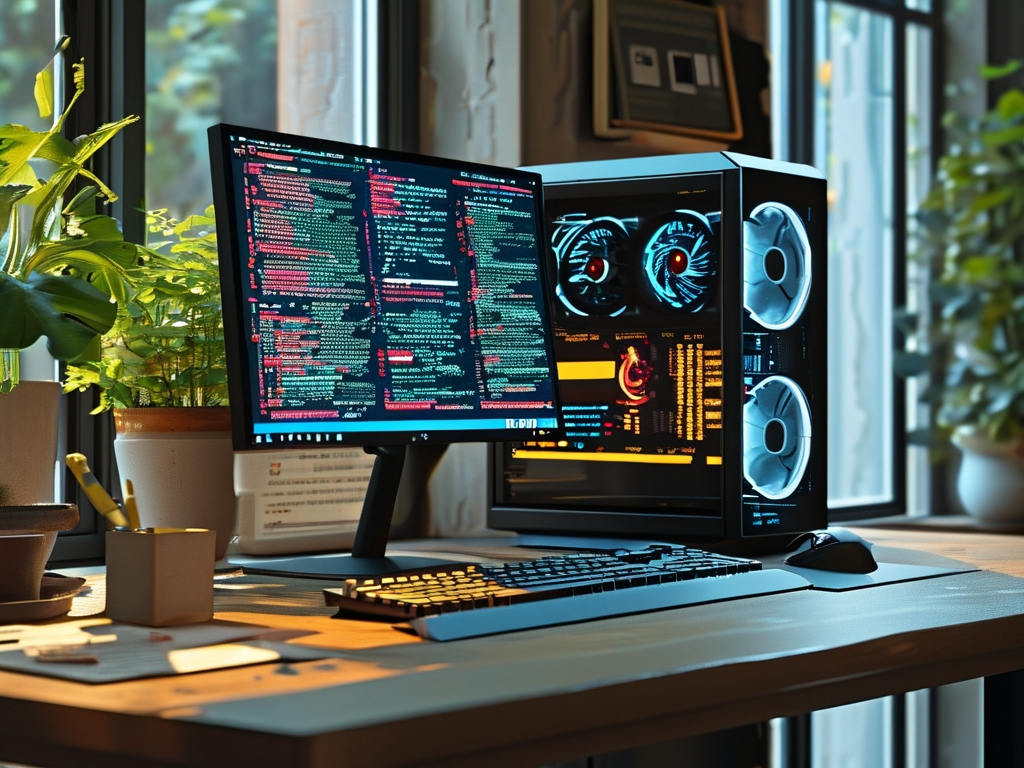When configuring a computer, one of the most common dilemmas users face is determining the optimal amount of memory (RAM). While the answer depends on individual needs, understanding how RAM interacts with your workflow can simplify the decision-making process. This article explores practical scenarios and technical considerations to help you choose the right memory capacity.
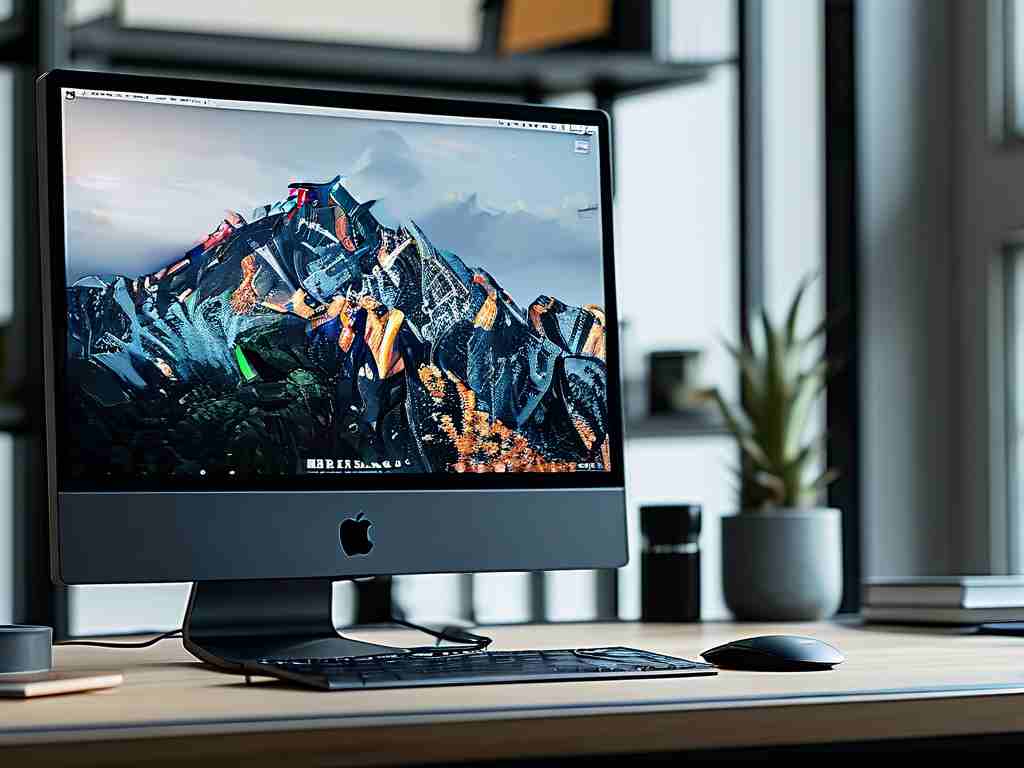
The Role of RAM in Modern Computing
Random Access Memory acts as a temporary workspace for active applications and processes. Unlike storage drives, RAM provides ultra-fast data access that enables smooth multitasking and responsive software performance. When insufficient memory is available, systems resort to "swapping" data to slower storage devices, causing noticeable lag. For basic tasks like web browsing or document editing, 8GB of RAM often suffices. However, modern operating systems and background processes can consume 3-5GB alone, leaving limited headroom for additional applications.
Usage Scenarios and Memory Requirements
- Casual Use (8-16GB): For email, streaming, and light productivity tools, 8GB remains functional but risks bottlenecks when handling browser tabs or secondary apps. Upgrading to 16GB future-proofs the system and accommodates occasional photo editing or moderate gaming.
- Content Creation (32GB+): Video editors, 3D modelers, and data scientists benefit from 32GB or higher. Applications like Adobe Premiere Pro may allocate 1GB of RAM per minute of 4K footage during rendering, while machine learning frameworks demand substantial memory for dataset processing.
- Gaming (16-32GB): While most AAA games list 16GB as recommended, memory-hungry titles like Microsoft Flight Simulator or modded Minecraft installations perform better with 32GB. Streaming gameplay while running Discord and Chrome in the background further increases demands.
Hidden Factors Affecting RAM Performance
Memory speed (MHz) and channel configuration (single vs. dual) influence real-world performance. A dual-channel 16GB setup (2x8GB) outperforms a single 16GB stick by enabling parallel data transfers. DDR4-3200 strikes a balance between cost and efficiency for mainstream users, while DDR5-6400 appeals to enthusiasts seeking cutting-edge bandwidth.
Surprisingly, storage technology also impacts RAM needs. Systems with NVMe SSDs experience less severe performance drops during memory saturation due to faster swap file operations. Conversely, traditional HDD users should prioritize larger RAM capacities to minimize reliance on mechanical drives.
Upgrade Strategies and Cost Efficiency
Before purchasing, monitor actual memory usage through tools like Windows Task Manager or macOS Activity Monitor. If peak utilization consistently exceeds 75% of installed RAM, consider expanding. For budget-conscious users, adding identical RAM sticks preserves dual-channel benefits without replacing existing modules.
Enterprise environments present unique challenges. Virtual machines (VMs) typically require 2-4GB per instance, meaning a server hosting ten VMs needs at least 32GB plus overhead. Error-correcting code (ECC) memory becomes critical for data integrity in such scenarios, though consumer-grade PCs rarely support this feature.
The 64GB Question: Overkill or Necessity?
While 64GB seems excessive for average users, emerging technologies justify this capacity for specific professionals. AI developers training local language models, 8K video editors, and architectural visualization artists routinely push past 32GB thresholds. However, casual users investing in oversized RAM kits may see negligible returns, as unused memory provides no performance boost.
In , selecting RAM involves balancing current requirements with anticipated future needs. A gamer building a high-end rig might pair 32GB DDR5 with a powerful GPU, while a student’s laptop could thrive with 16GB DDR4. Always verify motherboard compatibility and consider leaving expansion slots open for later upgrades. By aligning memory capacity with real-world usage patterns, you ensure optimal performance without overspending on unnecessary resources.


